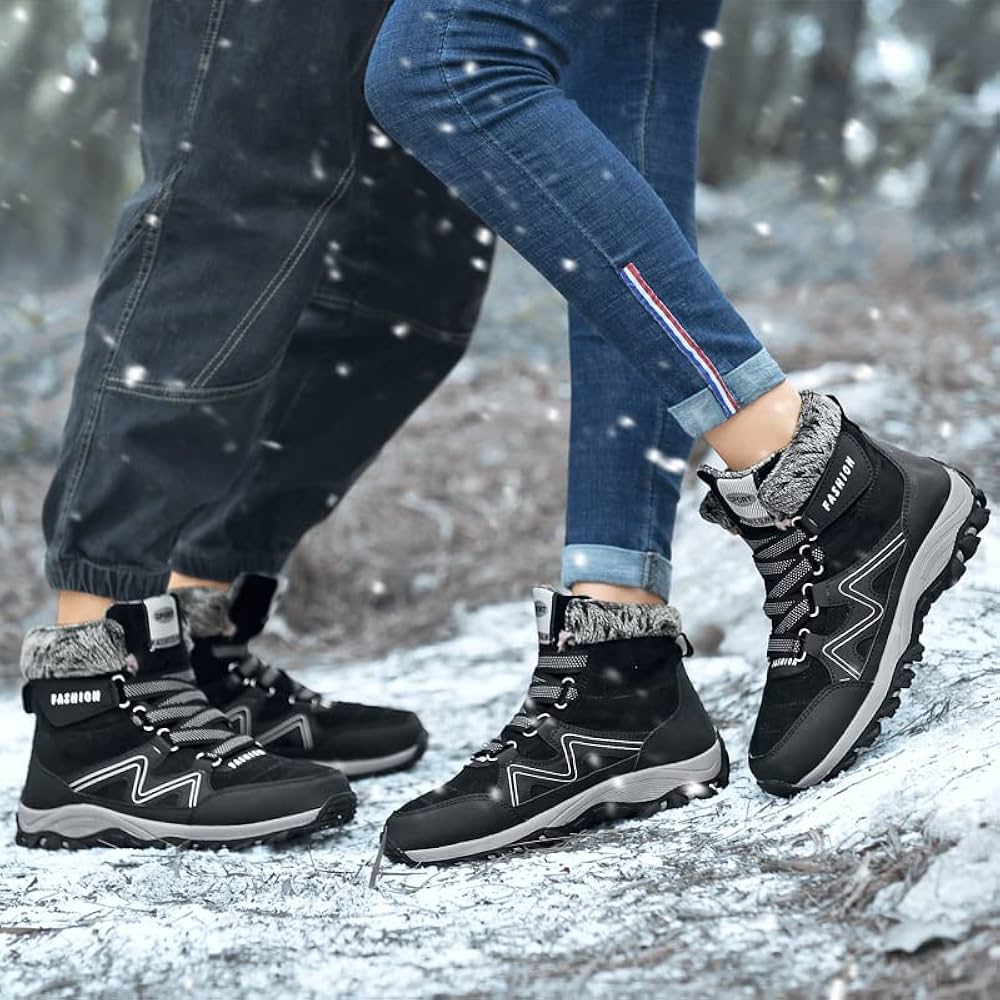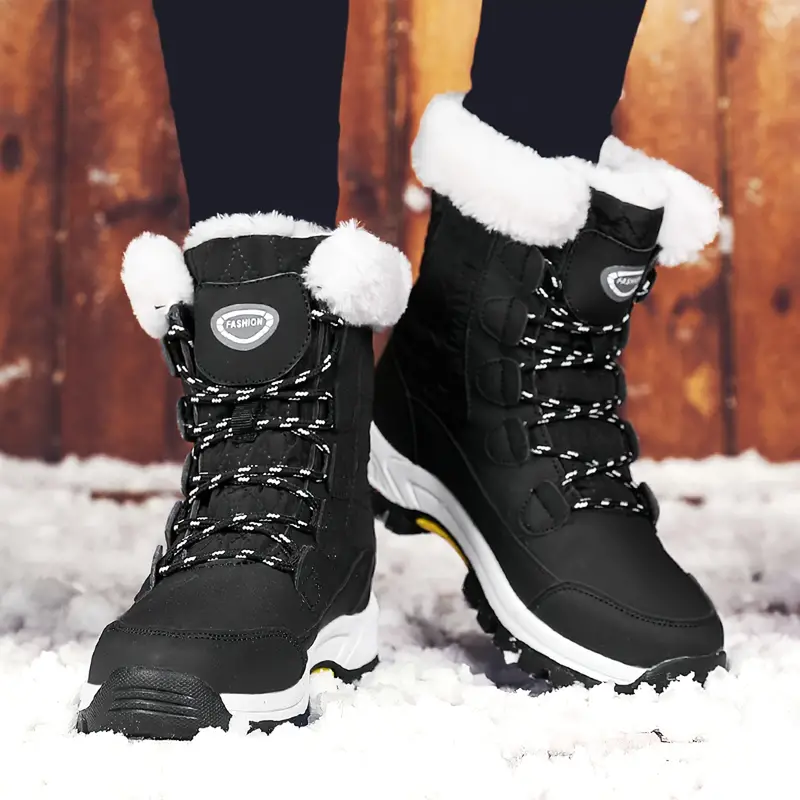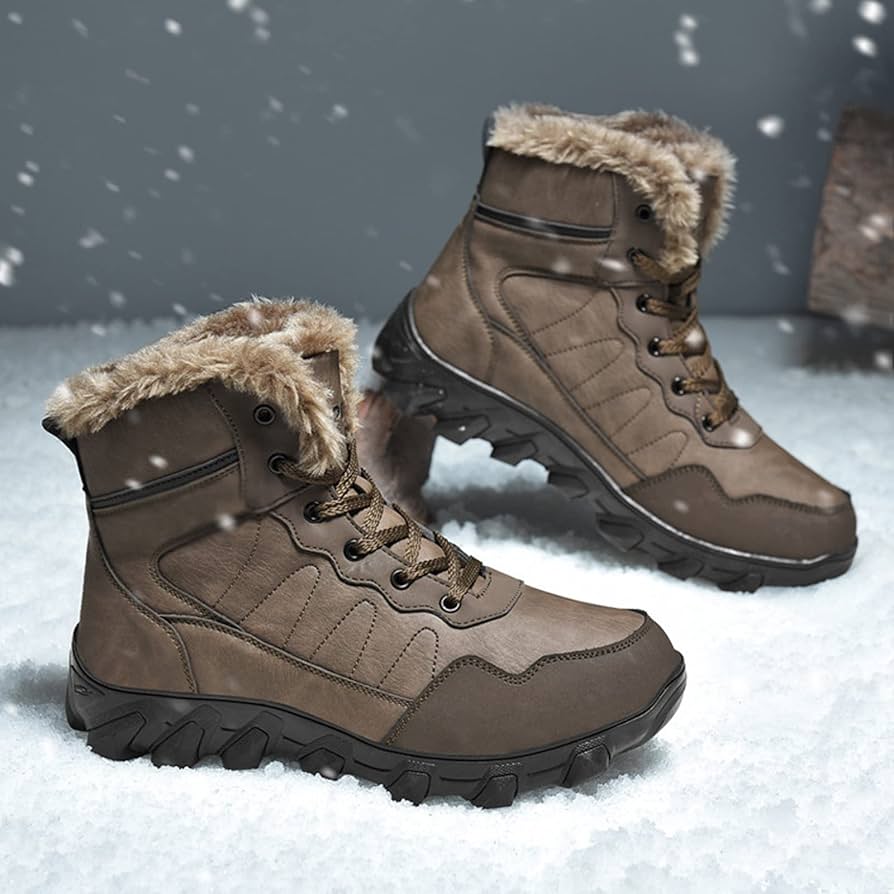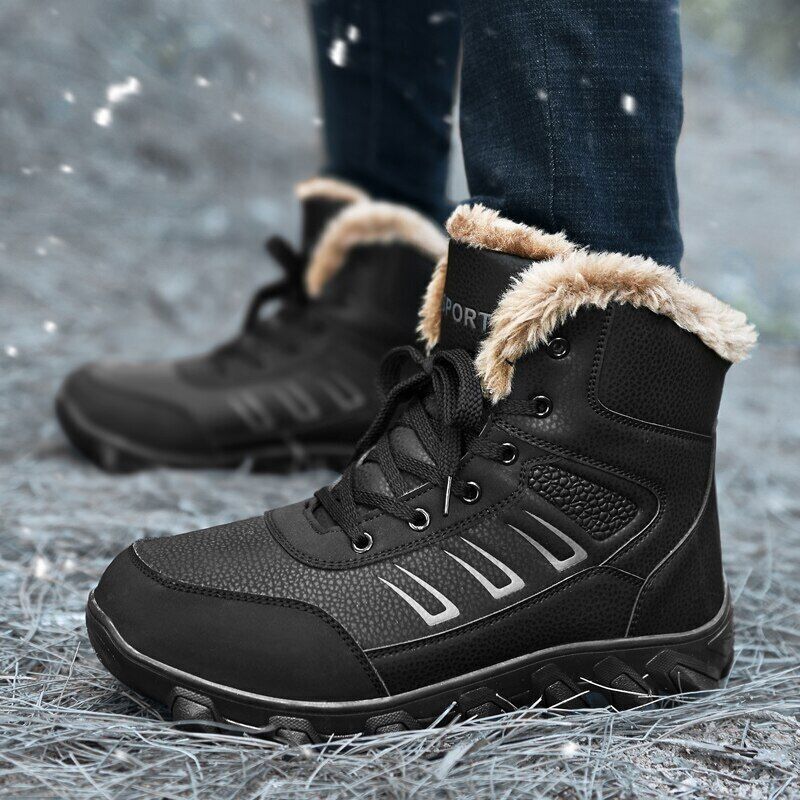I. Importance of Warm Hiking Boots

A. The impact of cold weather on hiking
Hiking in cold weather presents unique challenges that hikers must be prepared to face. Cold temperatures can affect the body’s ability to regulate warmth, potentially leading to discomfort, frostbite, and other cold-related injuries. Although the cold can be invigorating, it also requires additional precautions to ensure a safe and enjoyable hiking experience. When temperatures drop, the extremities, including the feet, are particularly vulnerable. Without proper protection, hikers may experience numbness, discomfort, and even the risk of cold-related injuries. This highlights the critical need for warm and insulated hiking boots to safeguard the feet from the cold and maintain comfort during winter hikes.
B. Significance of proper footwear
Proper footwear is essential for any hiking excursion, but it becomes even more critical in cold weather. Warm hiking boots not only provide comfort and protection but also play a vital role in maintaining the body’s warmth and preventing cold-related ailments. In cold conditions, the right hiking boots can help to retain heat, insulate the feet from the cold ground, and keep them dry and comfortable. Additionally, they offer stability and support, reducing the risk of slips, falls, and other hazards associated with wintry terrain. By investing in warm hiking boots designed for cold-weather conditions, hikers can ensure their feet remain warm, dry, and well-supported throughout their outdoor adventures.
II. Key Features of Warm Hiking Boots
A. Insulation materials
Insulation is one of the most critical features of warm hiking boots. Quality insulation materials such as Thinsulate, PrimaLoft, or Gore-Tex help to retain heat and provide thermal protection in cold environments. These insulating materials are lightweight, breathable, and designed to trap and retain body heat while allowing moisture to escape, thereby keeping the feet warm and dry. When selecting warm hiking boots, considering the insulation type and rating is essential for ensuring adequate warmth and protection in cold weather.
B. Waterproofing and breathability
Warm hiking boots should also offer reliable waterproofing and breathability to keep the feet dry and comfortable in cold and wet conditions. Waterproof membranes such as Gore-Tex or eVent prevent water from penetrating the boots while allowing sweat vapor to escape, maintaining a dry and breathable environment for the feet. Effective waterproofing is essential for preventing moisture from seeping into the boots, especially when navigating through snow, slush, or icy terrain. Combined with breathability, waterproofing ensures that hikers maintain dry and warm feet, reducing the risk of cold-related discomfort and ailments.
C. Traction and support

In cold weather, maintaining stability and traction is crucial for safe and confident hiking. Warm hiking boots should feature robust outsoles with aggressive tread patterns to provide reliable traction on slippery, icy, or snow-covered surfaces. Additionally, the boots should offer adequate ankle support and stability to mitigate the risk of twists and sprains on uneven and potentially treacherous terrain. Enhanced support and traction contribute to overall safety, allowing hikers to navigate cold-weather trails with confidence and reduced risk of slips or falls.
III. Selecting the Right Fit
A. Sizing and toe room
Finding the right fit is paramount when selecting warm hiking boots for cold-weather adventures. Proper sizing ensures comfort, prevents blisters, and allows for optimal circulation. When trying on hiking boots, hikers should consider allowing adequate room for the toes, typically about a finger’s width of space between the longest toe and the front of the boot. This extra room helps to prevent constriction and discomfort, particularly when wearing thicker socks in cold weather. Additionally, it’s essential to assess the boot’s width and volume to ensure a snug yet comfortable fit that accommodates the natural movement of the feet.
B. Ankle support and flexibility
Ankle support is a critical factor in cold-weather hiking, as it helps to prevent potential injuries and provides stability on uneven terrain. When trying on warm hiking boots, hikers should assess the level of ankle support offered by the boots. The boots should provide sufficient support to prevent excessive lateral movement while allowing for natural ankle flexibility during each stride. By striking a balance between support and flexibility, hikers can ensure that their boots offer the stability needed for cold-weather hiking while allowing for comfortable, unhindered movement.
C. Compatibility with hiking socks
The selection of warm hiking boots must also consider the compatibility with hiking socks, especially in colder conditions. Hiking socks, particularly those designed for cold weather, are often thicker for added warmth and cushioning. When trying on boots, it’s important to wear the same type of socks that will be used during actual hiking expeditions to assess the compatibility and comfort level. Testing the boots with hiking socks can help hikers ensure that there is enough space to accommodate the sock thickness without compromising fit or causing discomfort.
IV. Winter-Specific Considerations
A. Temperature rating

When choosing warm hiking boots for cold-weather excursions, considering the temperature rating of the boots is essential. Manufacturers often specify the temperature range in which their boots provide optimal warmth and protection. Understanding the temperature rating helps hikers select boots suited for the anticipated weather conditions, ensuring that the footwear can effectively insulate the feet from the cold. It’s important to choose boots with temperature ratings that align with the planned hiking environment, whether it involves cold, winter temperatures or varying degrees of cold-weather exposure.
B. Snow and ice performance
Hikers venturing into wintry terrain must consider the performance of warm hiking boots in snow and icy conditions. The boots should offer reliable traction and grip on snow-covered and icy surfaces, minimizing the risk of slips and falls. Features such as aggressive lug patterns, specialized rubber compounds, and crampon compatibility can enhance the boots’ performance in snow and ice, providing the necessary stability and confidence for traversing cold-weather landscapes. Evaluating the boots’ snow and ice performance ensures that hikers are equipped with footwear suitable for the specific challenges of winter hiking.
C. Caring for boots in cold conditions
Proper care and maintenance of warm hiking boots are essential for preserving their performance and durability in cold conditions. Hikers should follow manufacturer recommendations for cleaning, waterproofing, and conditioning the boots to ensure they remain in optimal condition. In cold weather, it’s important to take extra care to prevent the build-up of ice and snow on the boots, as well as to maintain insulation and waterproofing properties. Regular maintenance and care practices, tailored to cold-weather considerations, help hikers maximize the longevity and effectiveness of their warm hiking boots.
V. Popular Brands and Models
A. Review of top-rated warm hiking boots
When it comes to selecting warm hiking boots for cold-weather adventures, there are several top-rated brands and models that consistently stand out for their quality, performance, and insulation capabilities. Reviewing these leading options can help hikers make informed decisions when choosing the ideal footwear for their cold-weather expeditions.
B. Pros and cons of various options
Understanding the unique features, advantages, and potential limitations of different warm hiking boots is essential for hikers looking to make the best choice for their specific needs. By evaluating the pros and cons of various brands and models, hikers can gain valuable insights into the suitability of each option for their cold-weather hiking requirements.
C. Recommendations for different hiking needs
Different hiking needs call for different footwear considerations, and selecting warm hiking boots tailored to specific requirements can greatly enhance the overall hiking experience. Providing recommendations for various hiking needs helps hikers identify the most suitable warm hiking boots based on factors such as terrain, weather conditions, and planned activities.
As the temperature drops and the winter landscape beckons, the right pair of warm hiking boots becomes a crucial asset for hikers venturing into cold weather. With advanced insulation, waterproofing, breathability, traction, and support, these boots provide the necessary protection and comfort to help hikers overcome the challenges of winter hiking and embrace the beauty of the season. By recognizing the significance of warm hiking boots and understanding their key features, hikers can equip themselves with the essential gear needed for safe, warm, and enjoyable cold-weather adventures.
